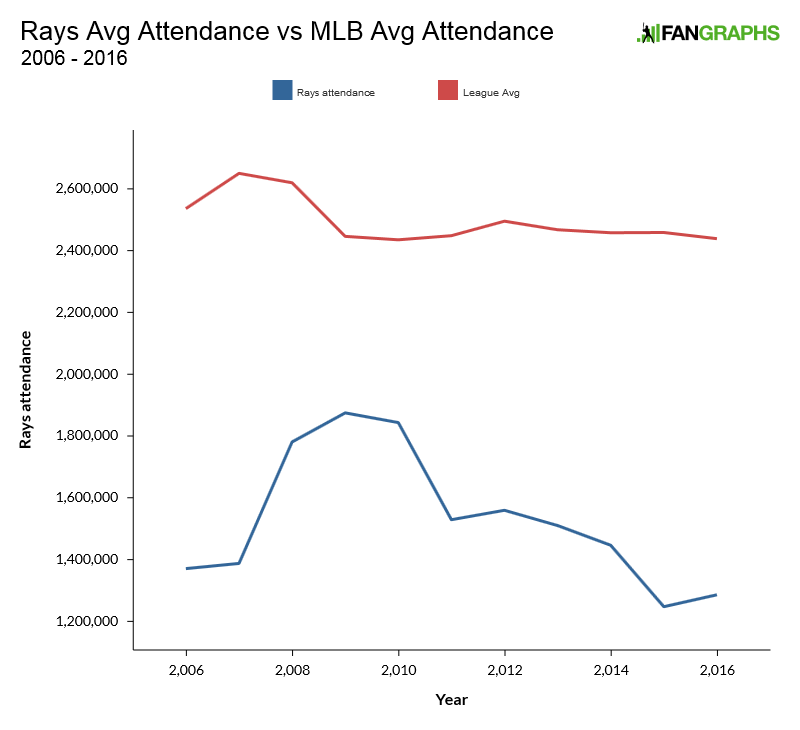Brad Ausmus on Analytics, Closer Mentality, and Pitch-Framing
Brad Ausmus is hard to label. Many see him as an old-school manager — and, based on some of his beliefs and actions, that’s perfectly understandable. On the other hand, he’s Ivy League-educated and well versed on most analytic concepts. From a knowledge standpoint, the manager of the Detroit Tigers is far from a troglodyte.
This interview doesn’t add much clarity to Ausmus’s identity. For one thing, it’s narrow in scope. While other subjects are touched upon, closer usage and pitch-framing comprise the bulk of the conversation.
Of note: this material actually comes from three separate conversations. The first two were in group settings with Detroit beat writers (with my questions eliciting most of these responses) on back-to-back days. I then had a shorter, one-on-one conversation with Ausmus to fill in a few blanks. Because of the manner in which these quotes were obtained, some have been resequenced for continuity.
———
Ausmus on analytics (intro): “Analytics are ubiquitous. I think the dangerous mistake people make — some member of the media make — is believing that they can’t be flawed, because they’re based on numbers. That’s absolutely false. Numbers do not always tell us the whole story. And there are certain things in baseball, because it’s played by humans, that numbers will never be able to put a value on.”
On leverage and closer mentality: “A lot of people in the analytics world think you should bring in your best pitcher in the biggest point of the game. Well, excuse my French, but who the (bleep) knows when the biggest point in the game is until the game is over? You don’t know. It may be the sixth. It may be the ninth. The problem is, if it’s the sixth and you use your closer, and all of a sudden you have a one-run lead in the ninth, who is going to close? You don’t have that guy anymore, because you burned him.
“Anyone who says you have to bring your closer in early, or in the biggest point in the game, has a crystal ball. That argument goes out the window for me. I don’t mind second-guessing, but second-guessing the biggest point of the game after the game? It’s easy to tell then. It’s not easy to tell in the seventh inning.

“If you’ve got another guy who is a closer, you’re fine [bringing your closer into a high-leverage situation early and not having him pitch the ninth inning]. But if you don’t have another guy who is a closer… closing a game in the ninth inning is not the same as pitching the eighth inning, or the seventh inning.


